Fort Vancouver National Historic Site
Located on the north bank of the Columbia River, in sight of snowy mountain peaks and a vibrant urban landscape, this park has a rich cultural past. From a frontier fur trading post, to a powerful military legacy, the magic of flight, and the origin of the American Pacific Northwest, history is shared at four unique sites. Discover stories of transition, settlement, conflict, and community.
From I-5, take the Mill Plain Boulevard exit (Exit 1-C) and head east. Turn south onto Fort Vancouver Way. At the traffic circle, go east on Evergreen Boulevard and follow signs to the Fort Vancouver Visitor Center. From I-205, go west on Highway 14 about six miles, then take I-5 north. From I-5, take the Mill Plain Boulevard exit (Exit 1-C) and head east. At the traffic circle, go east on Evergreen Boulevard and follow signs to the Fort Vancouver Visitor Center.
- Arts and Culture
- Craft Demonstrations
- Cultural Demonstrations
- Biking
- Guided Tours
- Living History
- Reenactments
- Historic Weapons Demonstration
- Junior Ranger Program
- Playground
- Wildlife Watching
- Park Film
- Museum Exhibits
- Shopping
- Bookstore and Park Store
- Architecture and Building
- African American Heritage
- Archeology
- Asian American Heritage
- Aviation
- Colonization and Settlement
- Commerce
- Trade
- Forts
- LGBTQ American Heritage
- Military
- US Army
- Native American Heritage
- Pacific Islander Heritage
- Women's History
- Animals
Fort Vancouver Garden
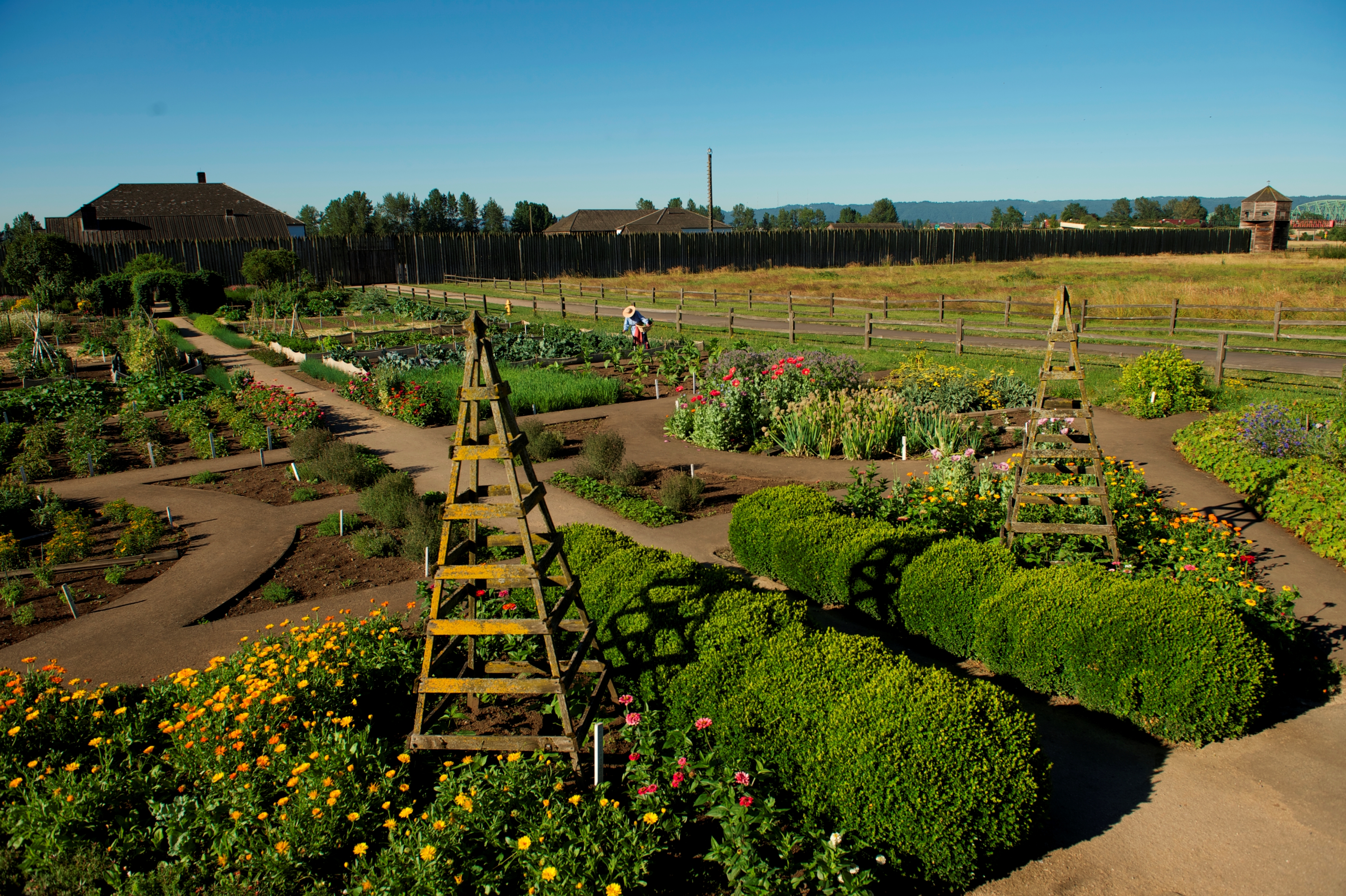
The garden at the reconstructed Fort Vancouver showcases the many plants that were grown at the historic Fort Vancouver.
Black Powder Demonstrations at Fort Vancouver NHS
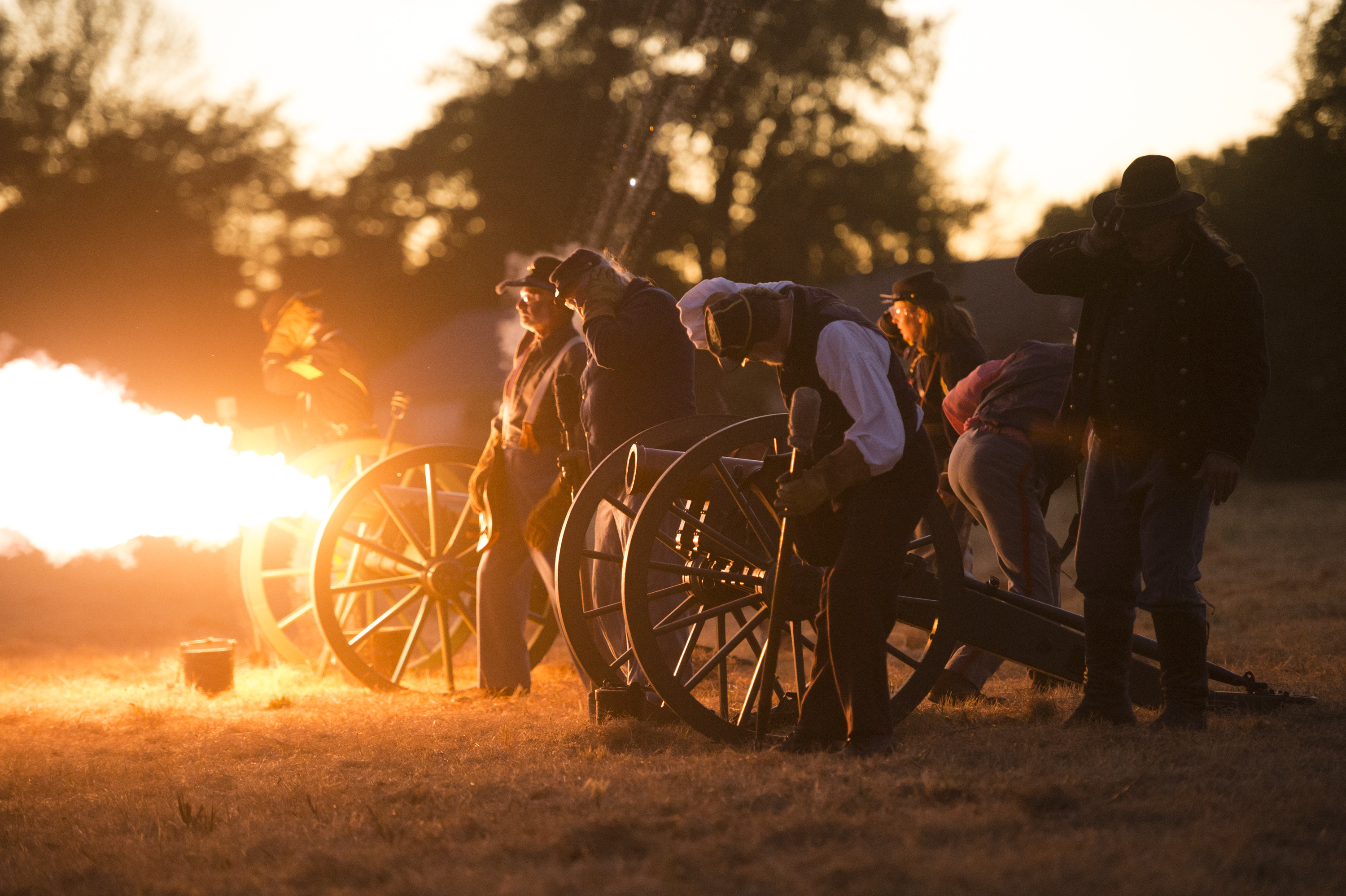
The military history at Vancouver Barracks is told through living history demonstrations, including historic weapons demonstrations.
Fort Vancouver
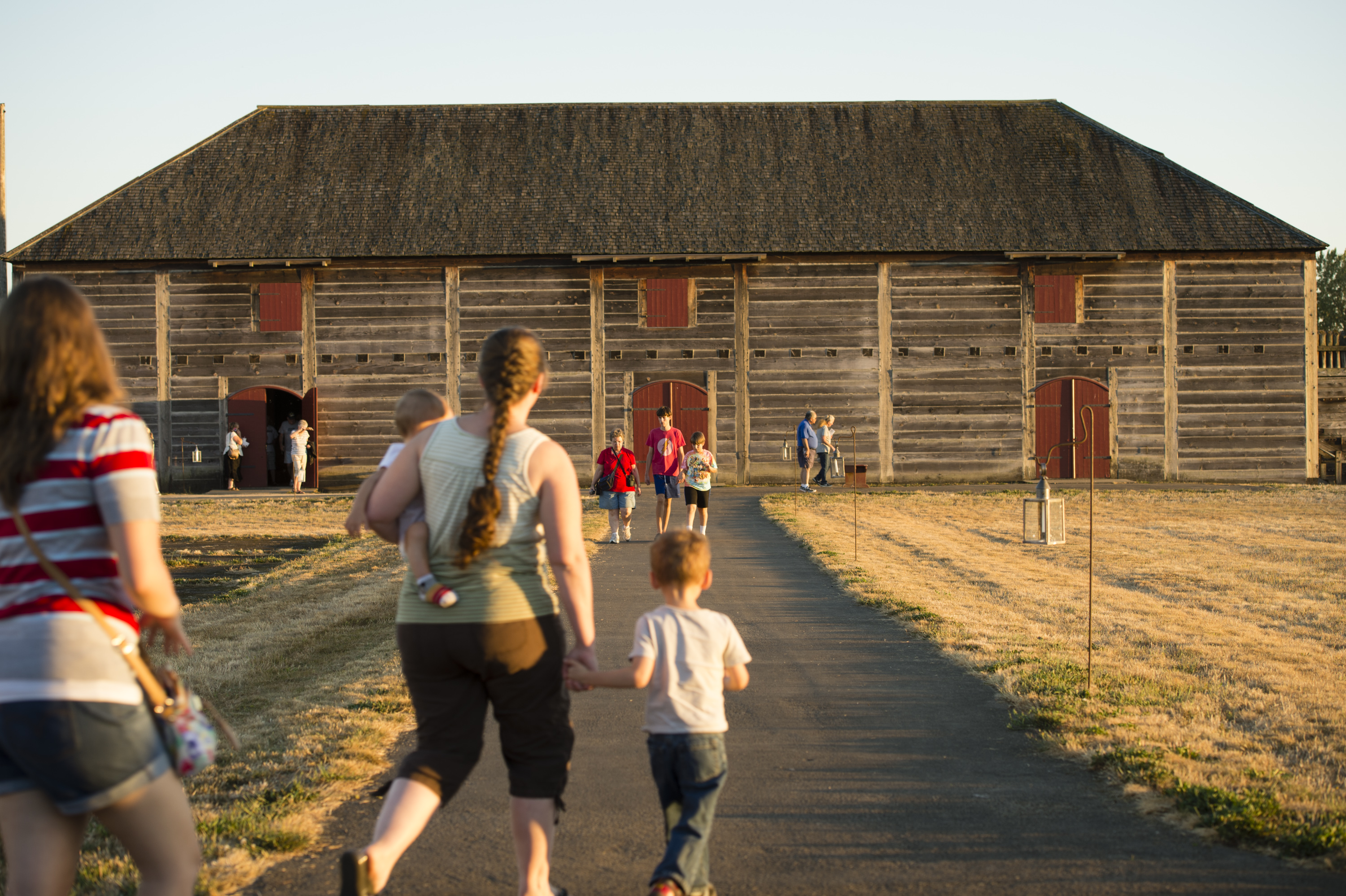
A walk through the reconstructed Fort Vancouver is a highlight of any trip to Fort Vancouver National Historic Site.
McLoughlin House
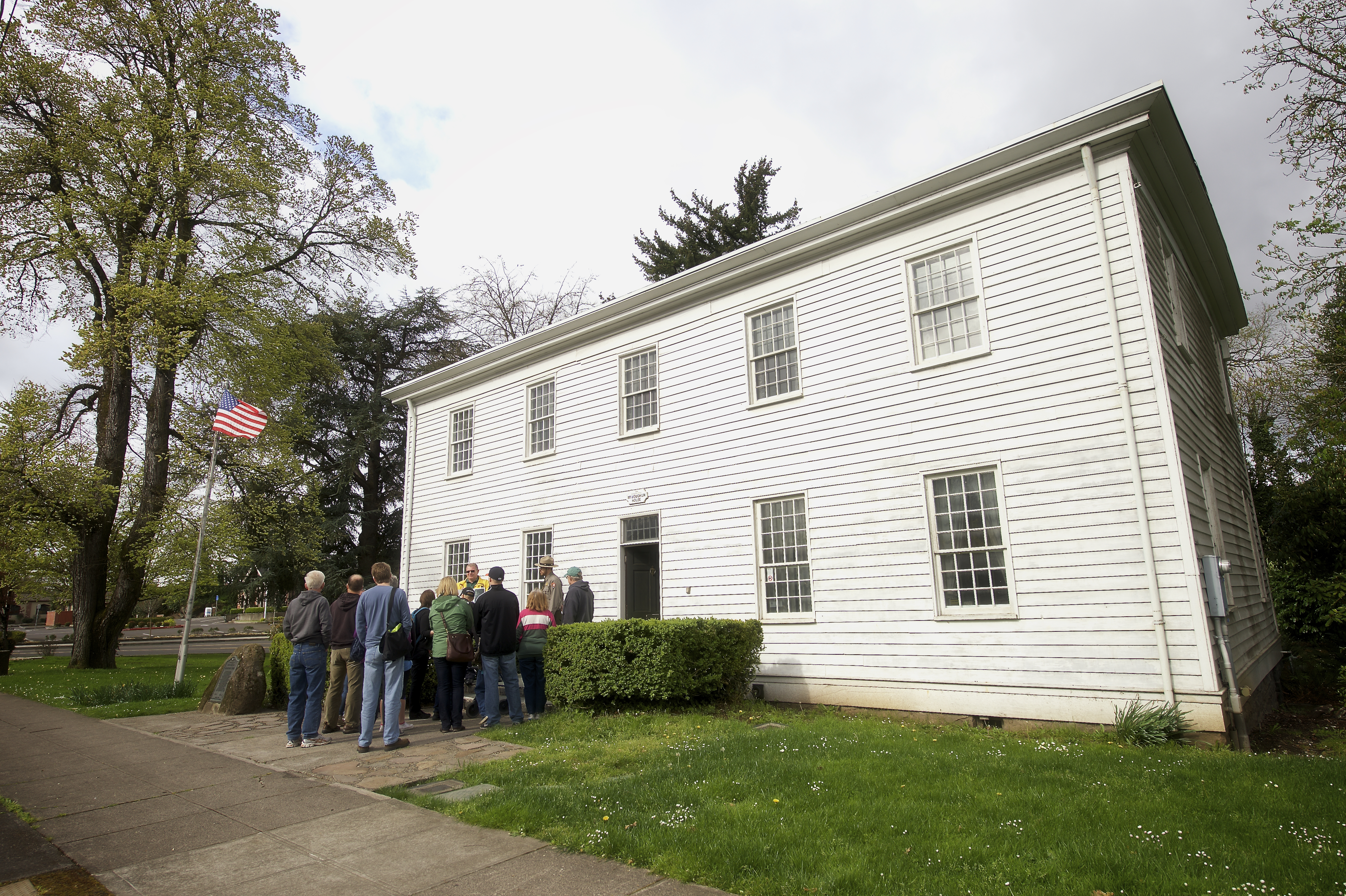
The McLoughlin House in Oregon City is a unit of Fort Vancouver National Historic Site. Here, visitors learn about Dr. John McLoughlin and the early history of Oregon state.
Pearson Air Museum
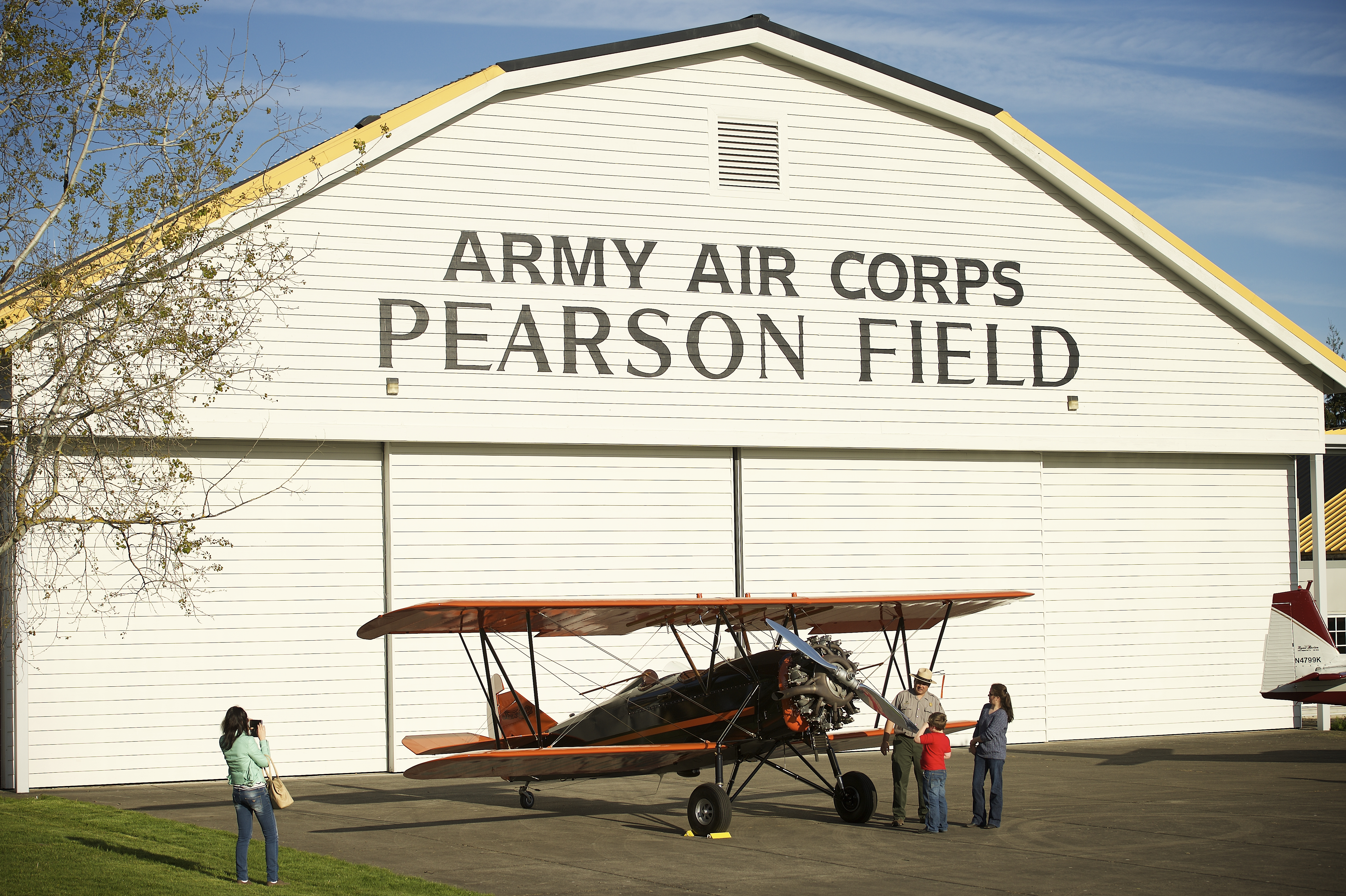
At Pearson Air Museum, visitors learn about the history of Pearson Field and early aviation in the Pacific Northwest.